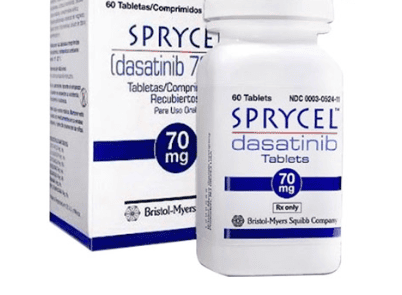This is an automatically translated article.
The drug Intratect contains an immunoglobulin component, which is prepared in the form of a solution for intravenous infusion. Intratect is indicated in the treatment of primary or secondary immunodeficiency, idiopathic thrombocytopenic purpura...
1. Indications and contraindications for the use of Intratect
Intratect is indicated as an alternative therapy in the treatment of primary or secondary immunodeficiency. In addition, Intratect is also indicated in cases of idiopathic platelet bleeding or Kawasaki disease, allogeneic bone marrow transplantation...
Intratect is contraindicated in some of the following cases:
Use IGIV for people who have had have severe anaphylactic or systemic reactions to immunoglobulins; In case of hypersensitivity reactions to the components of the drug; The cases need to prepare adrenaline before using IGIV to handle the day after the side effect occurs; Contraindicated in cases of selective IgA deficiency.
2. Dosage and how to use the drug Intratect
Dosage of Intratect drug depends on the condition and severity of the disease of each individual. In replacement therapy, the dose of Intratect is based on the response and clinical pharmacokinetics of the patient.
Substitution therapy in primary immunodeficiency is administered to achieve a subprimary level of the minimum IgG immunoglobulin concentration in the range of 4 to 6 g/l. Patients need to maintain this concentration for a period of 3 to 6 months from the start of therapy to achieve equilibrium. The recommended dose using Intratect can be started from 8 to 16ml/kg and subsequent doses can be applied at a minimum of 4ml/kg every 3 weeks; In the treatment of myeloma replacement therapy or chronic lymphocytic leukemia accompanied by abnormally low levels of secondary immunoglobulins and recurrent infections, the recommended dose is from 4 to 8ml/kg every 3 to 4 weeks; Treatment of thrombocytopenic purpura in the acute phase is applied at a dose of 16 to 20 ml/kg per day and can be repeated within 3 days or a therapeutic dose of 8 ml/kg can be used. In the treatment of Kawasaki disease, a therapeutic dose of 32 to 40 ml/kg can be applied and divided into 2 doses for 2 to 5 days or a single dose of 40 ml/kg can be used. In addition, patients can apply combination therapy with acetyl salicylic acid. Treatment of allogeneic bone marrow transplantation is applied therapy with human immune globulin as part of the nutritional regimen and the use of surgical drugs. Furthermore, this case is performed to treat bacterial infections as well as to prevent graft-versus-host disease. The starting dose that can be used is usually 10ml/kg/week and starts 7 days before surgery. Patients can apply treatment lasting up to 3 months after the transplant. Intratect is used initially by intravenous infusion at an initial infusion rate of not more than 1.4ml/person over 30 minutes. However, when Intratect is optimally tolerated, the infusion rate can be increased gradually to a maximum of 1.9ml/kg/hour until the infusion is exhausted.
Note: The above recommended therapeutic dose for Intratect is for reference only. Therefore, before using Intratect, patients need to be prescribed by a doctor.
3. Some side effects when using Intratect
Intratect may cause some unwanted side effects during treatment. However, with each case, the drug Intratect can occur in varying degrees from mild to severe.
Some common side effects caused by Intratect include: Chest pain, joints, cramps, nausea, fever, fatigue, itching, hot flashes, increased blood pressure... These side effects can occur. at the beginning of treatment or after increasing the dose of the drug used. Usually these reactions can be transient or subside over time.
However, in some cases, Intratect can cause serious unwanted side effects with rare reactions. These reactions may appear within minutes of using Intratect or may be longer within a few days. When serious side effects appear such as: aseptic meningitis syndrome in patients treated with IGIV, urticaria, neck stiffness ... then the patient should stop using Intratect and need medical assistance. right away.
Although this is not a complete list of unwanted side effects of Intratect, if the patient feels unusual signs during treatment, they should immediately notify the doctor or medical staff.
The article has provided information about uses, dosage and notes when using Intratect. To ensure safety for your health and maximize the effectiveness of your treatment, you need to take Intratect as directed by your doctor.
Please dial HOTLINE for more information or register for an appointment HERE. Download MyVinmec app to make appointments faster and to manage your bookings easily.













